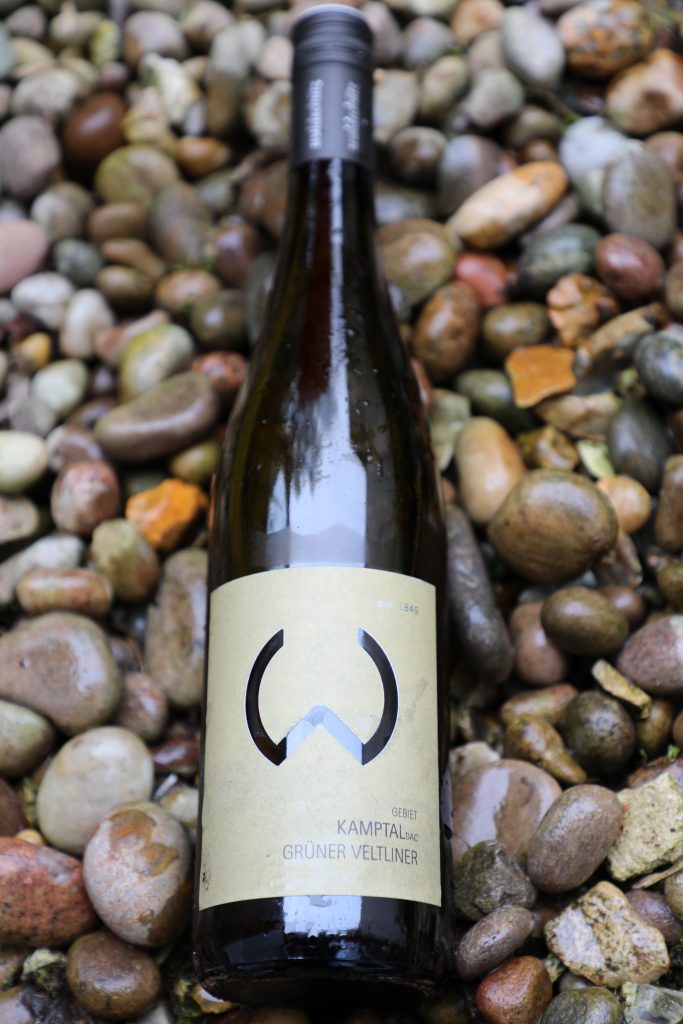Delve into the conditions of a vineyard plot and how the context of a winery can be expressed in the glass.
The word terroir is used a lot in the wine world, but what does it actually mean? Historically, the term was associated with the flavour from certain wines in ‘Old World’ regions – particularly ‘earthy’ notes. Nowadays, we use the term more specifically to refer to the elements that contribute to the ‘terroir’ of a wine, and consider them collectively as being the ‘context of the vines’. The dominant elements being: climate, soil type and aspect (terrain) – all of which impart something into the ‘end product’. It’s this ‘expression’ of the vineyard that’s exciting for those of us who like a glass of vino; not only can a glass of wine transport us to a region within seconds of its aroma hitting our nostrils, but it’s also quite fun to take a grape variety and compare how is behaves in different contexts and what that means for your palate.
Although you can only work with what nature has given you, some vineyards spend a lot of time, and money, in fully exploring the terroir of their vineyard, and the plots they have access to within their region, in order to maximise the quality of their viticulture and inform their winemaking. More and more have scientific teams on hand, including geologists and experts, who use a variety of methods – both traditional and top spec modern tech – in order to study the soil, climate and aspect with a view to producing interesting and quality wines.
Just last week, I was fortunate enough to be part of an online tasting with Bouchon Family Wines, who are one of the most innovative and forward-thinking vineyards in Maule, Chile; they have undergone an extensive scientific soil study to produce some of the most thrilling wines you will find from Chile – a wine country that has always been known for great value, but is now shaking up the equilibrium and producing some absolutely exquisite wines. For Bouchon, the focus is in the unique granite soil, which has evolved with volcanic influence over the years. The tasting was an education and involved, diagrams, heat maps, talk of magma chambers and intrusive rocks, but, most importantly, delicious wine that oozed minerality from this granite-fuelled location.
It’s inspired me to pick out a handful of wines that I really feel showcase the effect of terroir in the glass.
Weinhof Waldschütz Grüner Veltliner, Kamptal, Austria, £14 p/btl
This Grüner Veltliner is produced in the Kamptal wine region – one of the most interesting wine regions in Austria, whose name is derived from the River Kamp. Weinhof Waldshütz say it best themselves: ‘the soil carries its history into the wine cellar… the mineral spice of the primary rock, with the fine fruit and fragrant nuances of the loess soil’. For me, it’s a fresh, crisp, mineral Grüner, that feels like I’m drinking from a natural spring – of wine! Delicious.
Agustín Lanús Sunal Ilógico Malbec, Calchaqui Valley, Argentina, £22 p/btl
In 2006, Agustín Lanus travelled to the extreme heights of the Calchaqui Valley to learn about the micro-terroir found at extreme altitudes (1650-3100 meters above sea level). In his words, ‘many say that riding 9 hours into the mountains on dangerous dirt roads to check on grapes is crazy, but then they try the wine and they understand’. I could not agree more. This is Malbec on a whole new level – literally!
Bouchon Family Wines Granito Semillon, Block 1 Batuco, Maule Valley, Chile, £32 p/btl
After waxing lyrical about this winery just moments ago, I had to include the standout wine from their fascinating tasting last week. We immediately ordered stock and it arrives this week. This wine is simply exquisite. Tim Atkin MW has dubbed it the best white wine to have come out of Chile, and has given it a rave review in his Chile Report 2021. The elegant, clean-drinking, smooth mouth-feel that you get from this often underrated grape variety is phenomenal, and a true reflection of its granite-influenced terroir.
